|
The response of Master Hung HinCheong to our post Leaning Star Oral Secret, he wrote, “You're right. That ring's pedigree is suspect. Some Flying Stars schools don't use Replacement Stars at all, and I think that's the smart thing to do.”, caused us to think further. We dug up some of Hung’s writing – Water, Water Everywhere and there is a nugget or two for us to share here… CENTRAL AND MARGINAL FACING 正表向Hung wrote… In many FengShui texts, classical and modern, a given facing is differentiated into "Central 正向" or "Marginal 表向", and each is treated differently. In modern mathematical language, a facing is described as "Central" if it lies within a band of -±4.5° from the center-line of a Mountain on the LuoPan. For example, the center-line of Zi (子) is 0°. Hence any facing between 355.5° and 4.5° is said to be facing "Central" Zi (正子向). Another example: Gui (癸) is centered on 15°; any facing between 10.5° and 19.5° is described as facing "Central" Gui (正癸向). The total bandwidth of a "Central" facing is therefore 9°. Any facing outside that band is deemed to be a "Marginal" facing. To be more precise: Zi (子) is centered on 0°, and Gui (癸) is centered on 15°. Any facing in between 4.5° and 10.5° is called "Marginal" between Zi and Gui (子兼癸,癸兼子). The total bandwidth of a "Marginal" facing is 6°. That of course is the modern definition, making use of the 360° compass ring at the periphery of the LuoPan disc. However, this ring was a relatively recent addition to the LuoPan. Before that, the definition of "Marginal" relied on the "240 Dragons Gold Divisions (二百四+龍分金)", and the term "3-7 Gold Divisions (三七分金)" was often quoted. Some readers may have come across this term in their general reading. As a matter of fact, the 6° bandwidth for "Marginal" was set conservatively. It allowed a generous margin for error, mindful that the LuoPan needle and markings were not very accurate in the old days. My own view is that we need not be so uptight about the prescribed margins. The underlying idea is to get away from the boundary line between 2 Mountains, and our modern LuoPan enables us to do that with greater confidence. ASSISTANT STAR WATER METHOD 後天水法Hung wrote... For a variety of reasons, a facing may have to be set within the "Marginal" band. In that event, it is necessary to be aware that the "Marginal" band is usable for certain Mountains, but not for others. In a nutshell, the "Marginal" band between 2 adjacent Mountains of the same polarity is usable, whereas the band is out of bounds if the 2 adjacent Mountains are of opposite polarities. However, there are 2 exceptions to the rule: Xun (巽) and Si (巳) are both Yin Mountains, but the "Marginal" band between them is out of bounds. The reasoning is a little convoluted: Si (巳) is part of the NaJia family of the Trigram Dui (兌), and You (西) is another member of the same family. Now You (西) and Xun (巽) are incompatible by the "8 Killing Forces" formula. Si (巳) is implicated by virtue of its family connection with You (西). Hence a facing in between Xun (巽) and Si (巳) is deemed too risky; The same argument applies to the band between the adjacent Mountains You (西) and Xin(辛). In this case, Xin(辛)is the adopted child of Xun (巽), and hence the "Marginal" band between You (西) and Xin(辛)also becomes inadmissible. This discussion on admissibility of "Marginal" bands takes on a new dimension when it comes to measuring Qi mouth locations to determine the incoming and outgoing waters. Whereas a facing is an axis that can be set precisely, a Qi mouth is something 3 over which we have very little control. It is fairly common to encounter a Qi mouth wide enough to straddle over 2 adjacent Mountains. There is no issue if the 2 Mountains are of the same polarity, but what if they are not? Going strictly by the book, such water flows are deemed negative. The jargon term is "Yin and Yang confused (陰陽差錯)'. But such a narrow interpretation is unduly restrictive in practice. I tend to take a more liberal approach. If the major part of the qi mouth, say 70% or more, falls under One Mountain, I would consider it a single Mountain reading, comparable to a "Central" facing. Only if the qi mouth sits smack in between 2 adjacent Mountains, with a 50-50 or 60-40 split between yin and yang, would I reject it as unsuitable. 240 DRAGONS GOLD DIVISION 二百四+龍分金Hung wrote… In a typical SanHe LuoPan, there are the 72-Dragons ring (also called a plate), one or more 60-Dragons rings; and one or two 120-Dragons rings. There is one other ring in this genre that is omitted on LuoPan other than out-sized ones (12-inch and above). This is the 240-Dragons ring, also called "240-Dragons Gold Divisions (二百四+龍分金). As the name suggests, the ring is sub-divided into 240 fine divisions, with 10 divisions under each of the 24 Mountains. This ring is used to assess the intensity of qi received from a particular Mountain for any given facing. A Mountain's Qi is strongest at its center-line, gradually reducing to zero at the center-line of the adjacent Mountain on either side. At the boundary between 2 Mountains, the qi split is 50-50. If a given facing receives 70% or more of the qi from one Mountain, it is called a "Central facing (正向)". If the facing receives less than 70% qi from one Mountain (say, a 60-40 or 50-50 split between 2 adjacent Mountains), it is called a "Marginal facing (表向)”. Today, the demarcation between "Central" and "Marginal" can be defined using the 360° compass ring at the periphery of the modern LuoPan, but this ring was a relatively recent addition; it was not available in the older LuoPan. So do we still have to bother with the 240-Dragons when we have the modern 360° ring? That depends: no need if we just want to use the LuoPan without bothering with the underlying theory; yes if we want to broaden our FengShui knowledge. If one reads old texts or spends time surfing the FengShui websites, then familiarity with the "240-Dragons Gold Divisions" will provide a deeper insight into various discussions. To analyze the 240-Dragons ring, let us straighten out 2 arc segments, each segment spanning 30°. The first segment is centered on Zi (子) with Ren(壬) at one end and Gui (癸) at the 4 others. The second segment is centered on Gui (癸) with Zi (子) at one end and Chou (丑) at the other. The segments overlap, and the fine divisions are graded with a numerical value rising from 0 to 10 and then falling back to 0. The dashed lines 7-3 and 3-7 demarcate between "Central" and "Marginal" facings. The region between those 2 lines, marked by a hatched box, represents the "Marginal" band between Zi (子) and Gui (癸) Mountains. There are similar "Marginal" bands between Ren(壬) and Zi (子); and between Gui (癸) and Chou (丑). The scale in maroon at the bottom denotes the modern 360° compass, whereby the center of Zi (子) Mountain corresponds to 0° Magnetic North. The "Marginal" band between Zi (子) and Gui (癸) would correspond with 7.5±3° on this scale. One often sees the term "3-7 Gold Divisions also called "Plus Minus 3-7 (三七分金)", in FengShui books and websites. It really means nothing more the demarcations described above. Some people like to use complicated language to describe simple ideas. Sometimes the term "2-8 Gold Divisions (二八分金)" or "Plus Minus 2-8 (二八加減)" also appears, often in the same breath as "3-7". When one compares the Earth Plate with the Heaven Plate, it will be seen that "3-7" on the Earth Plate is in fact the same line as "2-8" on the Heaven Plate, and vice versa. They are really one and the same thing. According to Master Li Ding Xin (李定信), who was until recently the reigning Doyen of Yang Gong FengShui [He passed away in 2012, age 90], many FengShui writers, historical and modern, are confused and use the terms haphazardly. So the next time someone comes along brandishing jargon terms like "Plus Minus 3-7" and "Plus Minus 2-8", just ask him about the "240-Dragons". LEANING STAR REPLACEMENT STAR 飞星替星This marginal degree of 3° at each extreme side closer to the boundary of the two mountains that made up the 6° are considered by some SanYuan FeiXing as Replacement Star band. Any star that reside thereafter must be replaced by the set of new stars as represented in the Replacement Star Ring. Some school of XuanKong Purple White do not subscribe to this principle. Some school also do not agree with the version of the Replacement Star Ring used, currently at 28 varieties. This Replacement Star Ring is interesting. In total you will get the following sequence from the opposite mountains combined: -
The question is could this Ring tells you something beyond just the greatly misunderstood Kun Ren Yi? HOW TO APPLY?For example, House sitting Gui 23 degree, facing Ding, Period 8. By conventional Natal chart, you will get as in A. However, because 23 degree sitting very close to Chou, a Replacement Star may be necessary. Based on the Replacement Star Ring, Sitting Gui replacement shall be 1 replacing 4. Facing Ding replacement shall be 9 replacing 3. The new Replacement Natal chart shall look like B. CONCLUSIONContemplate this, quote from BengKung's wisdom saying, "The four formations, Water, Fire, Metal and Wood are further differentiated into Yin and Yang formations. Clockwise which is Yang, the direction is from Zi to Chou to Xu to Hai. Anti-clockwise which is Yin, the direction is from Wu to Si to Shen to Wei. Altogether there are 8 formations. 4 Yang and 4 Yin formations. Master Yang always stressed on the basic principle of Yin and Yang. YinYang is formless whereas CiXiong refers to Yin Yang with form. Interaction of CiXiong refers to the interaction between mountain and water. Xuan Kong refers to the Qi whether Sheng Qi (thriving) or Si Qi (Dead). The auspicious or inauspicious Qi from the In-Coming mountain or Out-Going water are related and are based on the 12 Qi phase. Whether it is male/Yang or female/Yin, it is derived from within the Gua. This is referring to the Yin and Yang of the 24 mountains. This is only given to inner disciples."
Therefore, if you believe that the YinYang Earth Plate of the SanHe LuoPan Ring, as assigned by virtue of Early Heaven and NaJia is correct, you better think twice! The YinYang Earth Plate of the SanHe LuoPan Ring, as assigned by virtue of Early Heaven and NaJia is mainly used for RuDiYan's Assistant Star Water Method. "The concept of mountain (in-coming Qi) and water (out-going Qi) which is fundamental and must be understood clearly. Whether it is auspicious or inauspicious are all due to the mountain and water location in relation to the concept of the 12 Qi phase. The mountain here refers to In-Coming and water refers to Out-Going. A concept misinterpreted as actual mountain and actual water." Do you know why the why the Five Ghost Carry Treasure aka Assistant Star Water Method cannot work? Placing "mountains" on LianZhen position? "To understand this methodology, it is all within the concept of the 5 elements. This concept refers to NaYin 5 elements which is established by the 72 dragons. It is not referring to NaJia which is a different concept. The five elements are allocated in the four directions with Wood in the East, Metal in the West, Water in the North and Fire in the South. It is also allocated in the 24 mountains. The concept of turning upside down 倒倒颠 refers to the 72 dragons, where there are five elements within each of the 24 mountains. With the concept of turning upside down, there are treasures within each of the 24 mountains. There are always three elements within the 24 mountains which is usable to match the in-coming Qi and water-mouth which is the out-going Qi. Forward and backward refers to the understanding of establishing the Yin or Yang formation. Without using the correct formation there is the likelihood of meeting with fire pits. Recognize the golden dragon is to establish the formation. Metal, Wood, Fire or Water. The location and the position in relation to the water mouth and the in-coming dragons are all different. (Endless possibilities) Moving or still refers to whether there is any Qi, whether it is strong Qi or weak Qi, whether it is auspicious or inauspicious Qi. Requires the teaching from a sage." In fact, there are plenty of clues that RuDiYan may be a bridge between SanHe and SanYuan. Replacement Star and its corresponding central and marginal reading may not be that wrong after all, if we were to take the actual reasons of 3/7 and 2/8 as the measurement of Qi intensity accordingly and not for the account of inaccurate LuoPan readings. As for the validity of the Replacement Star Ring, it has been grossly misunderstood as part of Kun Ren Yi by Jiang DaHung. He distorted and explained these verses using XuanKong DaGua thus introducing the idea of combination to 10. Coupled with the variants from the SanHe proponent, you now have the 28 confusing versions.
0 Comments
The celebrated poem of XuanKong 玄空四经 comes in 4 components as the following: - 1. Purple White Script (紫白诀) 2. Ode to Mysticism (玄机赋) 3. Ode to Flying Stars (飞星赋) 4. Secrets of XuanKong (玄空秘旨) In the market, Hung HinCheong has written a series of marvelous translation on these 4 classics. The notable gist of these translations was the appended commentaries that is the summarized commentaries from the various Chinese sources available, especially in the lens of Shen’s Flying Star JuRen 沈竹礽飞星. Therefore, it has to be taken as a mass market knowledge for consumption. Who Wrote These Stuffs? Secrets of XuanKong 玄空秘旨 and Ode to Mysticism 玄机赋 are claimed to have been authored by Wu JingLuan 吴景峦, a legendary Song Dynasty FengShui Master who had given up his imperial career to be a Daoist recluse in BaiYun Shan 白云山. During the Ming Dynasty, Chinese scholar by the name Xu ShanJi has accidentally chanced upon such manuscripts that was said to have been disappeared for 500 years. The manuscripts are cryptic and heavily infused with Daoist undertone. What is available today are probably fragments of the complete picture that is so conveniently bound up as Secrets of XuanKong 玄空秘旨 and Ode to Mysticism 玄机赋 thus, it should not have been taken as a complete textbook. In fact, it should not even be taken as a textbook on XuanKong 玄空. To understand its content, the personality and background of Wu JingLuan 吴景峦, has to be first understood. It is believed that he had inherited the arts from the legendary HuaShan 华山 Daoist Master, ChenTuan 陳摶. This master was an adept in the practice of Daoist inner alchemy and as well as often practicing sleeping meditation and was known as the "Sleeping Immortal." In his sleep, it was claimed that he has been instructed by immortal in the subject of Yi and numerology. Having said such, Wu JingLuan 吴景峦 has been brought up as a YiJing Daoist metaphysic expert. Upon leaving HuaShan 华山, Wu JingLuan 吴景峦 has been forewarned by ChenTuan 陳摶 that he must not come close to accept the imperial post as that will bring misfortune to himself. Yet, caught in the dilemma of being filial, he has no choice but to serve the emperor. Wu JingLuan 吴景峦 was appointed to the court of the Emperor RenZhong as a YinYang master and was quickly caught up in the embroiling court politics, where a 100 school of thoughts fighting against one another to gain favor from the emperor. Being a YiJing master himself, it is quite surprising that he has not able to come to term with his fate and was finally rounded up in prison only to be released by Emperor HuiZhong. Frustrated and broken, he left the glamorous life in the imperial court for a secluded life as a hermit. He pondered upon his fate and started putting his thought into poems that is intricately laden with metaphysics, numerology, Daoist philosophy and the sort. Afraid of retribution, he faithfully upheld the notion of Heaven’s will shall not be disclosed. Why Is It Related to XuanKong? On the same page, Wu JingLuan 吴景峦 manuscripts had only been circulated among the Daoist circle and not to the outsider. Apparently it was believed that WuJi DaoRen 無极道人, having being in the Daoist circle had passed on the knowledge to Jiang DaHung 蔣大鴻, the forefather of XuanKong 玄空. Jiang DaHung has also chosen the same path of a Daoist recluse upholding the principle of the will of Heaven shall not be disclosed. Jiang DaHung 蔣大鴻 has not been very well received as genuine lineage holder or a scholar, by some quarters, and he is probably known to have been a Daoist magician well versed in the art of Daoist. His greatest work would have been DiLi BianZhen 地理辨正, being his commentaries of other great masters’ manuscripts, before him. It is "great" largely due to its inclusion into the Emperor QianLong’s SiKu QuanShu 四库全书. Besides that, he was said to have been “butchering” FengShui classics before his time to suit his understanding and interpretation. He is thought to have modified LongShui Jing 龙水经 into ShuiLong Jing 水龙经. LongShui Jing 龙水经 is the former title for QingNan Xu 青囊序, authored by Zheng WenCang 曾文辿. This classic was renamed when it is included in the DiLi BianZhen 地理辨正. The greatest different is the missing chapters called Xiao XuanKong 小玄空. It is believed that he coined 大玄空 from here. It is said to have contained the methods of measurement with the LuoPan. Xiao XuanKong 小玄空 has been withheld as an annex to SanHe FengShui, a forerunner of SanYuan. Therefore, not everything compiled in the Qing Dynasty is necessary genuine stuff. Much of the true and genuine transmissions are withheld by the Han, never to be disclosed to the Manchu. Worse, Jiang DaHung 蔣大鴻 made it so easily to mutilate true genuine classics into his very version of DiLi BianZhen 地理辨正. It is clained that part of the knowledge of Wu JingLuan 吴景峦 has been embodied within a new lineage of Jiang DaHung 蔣大鴻, through its offspring of 6 disciples, thus the 6 schools of XuanKong namely:-
Out of the 6 schools, only 2 survives while the rest faded into oblivion. The surviving schools are WuChang Pai 無常派, founded by Zhang ZhongShan 章仲山, based greatly on the application of Purple White Script 紫白诀 and ShangYu Pai 上虞派, founded by Zhang Xin-Yin 張心言, based greatly on the application of Yi Gua Pai 易卦派. Both schools may have shared the same root but the applications differed greatly. Needless to say, they too commented greatly of the 4 celebrated poem of XuanKong 玄空四经 as their textbooks. How Has Its Form Survived Today? Shen JuRen 沈竹礽 has been instrumental in popularizing FlyingStar 飞星 through his writing that many followers picked up in the 1900. So, comparatively, it is a very young school. Contemporary to that Tang YangWu 谈养吾 and Kong ZhaoShu 孔昭苏 all singled out Zhang ZhongShan 章仲山 WuChang Pai 無常派 to be the genuine transmission of XuanKong. The FlyingStar 飞星 boom has ignited modern writer to explain the celebrated poem of XuanKong 玄空四经 in accordance to the lens of FlyingStar and created a cult following in HongKong, Taiwan, Singapore and Malaysia. Currently it has also plagued the western world. That is also the reason some western students are taught to cure all the stars raging from using Dry to Raw Calabash, Metal Calabash and so forth. Not enough, they were also taught to move these cures from one place to another, even to the extend with sleeping and wearing calabashes. Such is the state of confusion among modern practitioners. What Is The Issue With Flying Star? Foremost is the question of pedigree. Neither Shen JuRen 沈竹礽 nor Tang YangWu 谈养吾 are considered to be of the inner circle or the family of Zhang ZhongShan 章仲山. Shen JuRen 沈竹礽 paid heftily to Zhang's family to hand copy Zhang's case journal. Tang YangWu 谈养吾 has to learnt from a distant relative related to the Zhang's family, only later to abandoned it in favor of XuanKong LiuFa 六法. Second it is the problem with interpretation. There are plenty of missing puzzles that Shen JuRen 沈竹礽 would have to make up for. When you discern Purple White Script (紫白诀) there are upper and lower scroll. The upper scroll laid down the fundamental principles and the lower scroll prescribed on its application. Without the key of understanding, it is believed that Sheng finds it difficult to decipher the meanings within the upper scroll such as:
He is believed to have discard the upper scroll while retain the lower scroll to formulate his methodology based on the fundamental of Later Heaven Numerology matching Later Heaven BaGua as in chart "A". He further devise a method based upon sitting and facing with the Period Star as its point of departure.
In a nutshell, the failure to decipher, Using the Map Luck as the body, Using the Map to explore the Book, 然以圖之運論體、有時圖可以參書、all hell break loose. There is no longer synchronicity between Zhang ZhongShan's method with the Huge SanYuan that is fundamentally grounded on the BaGua as shown in "B". Yet, not many people actually look at Kong ZhaoSu 孔昭苏 school of thought for an alternative. Kong ZhaoSu 孔昭苏 proposes a totally different approach in applying this:
The key is that Kong ZhaoSu 孔昭苏 Growth prosperous methodology 生旺诀 differ extensively compared to Sheng's. Where Do We Go From Here?The celebrated poem of XuanKong 玄空四经 were written with a SanYuan FengShui undertones, concealed as a Flying Star classic. It is not Flying Star, BaZhai or XuanKong DaGua per se. It is purely SanYuan. So, misinterpretations are very common. There is really no rush about dwelling in theoretical FengShui such as these when the fundamental is missing. Ultimately, it is the fundamental that is working and while we can argued till the cow goes home, we learnt very little of how to receive ShengQi. Secrets of XuanKong (玄空秘旨) states
Ultimately, Secrets of XuanKong (玄空秘旨) only concerns with the divination as it states:
Question: Do you know why the establishment of Heavenly Heart is so important? Here is your Quiz: For those who is practicing FlyingStar, the BaGua (8 Trigrams) "A" is the fundamental. The Later Heaven Numerology matching Later Heaven BaGua. While for those who is practicing YiGua or DaGua or BaZhai, the BaGua "B" is the fundamental. Early Heaven Numerology matching Later Heaven BaGua. Question: Which one manifest the true application of SanYuan and why? A note to my friend, the Chinese masters do not simply or however pluck things from thin air and start to create something out of nothing to confuse people. There are reasons and only the one who knows will know how to connect the dots. Credits: Translation to the 4 Poems of XuanKong is taken from the highly recommended book by Hung HinCheong, now available in Amazon.com.
QiMen 奇门 unlocks the portal 门 of XuanKong 玄空. XuanKong 玄空 only exists because the mind 心 existed. This is probably known as the Seal of XuanKong 玄空心印. Scientifically, the QiMen 奇门 portal is the space-time 4th dimensions and the single consciousness mind 心 is the single event, a slice within the spectrum of space-time continuum. XuanKong 玄空, mysterious subtleties comprising emptiness 空 and mysterious 玄 are the origins of the creative power of Qi 气. During the time of the Primal Chaos 混沌 a single event sparks the creation of the universe and it is called the Supreme Beginning 太始. Within it the Original Fetus 元胎 begin to sprout and this is the Essence 精 Jing. With the essence coming into being, it is now called the Supreme Ultimate 太極, creating Heaven and Earth 天地 are the father and mother 父母. A slice of event within the spectrum of space-time continuum multiplies churning the Supreme Yi 太易 thus reality 现实 existed as the Two Slices 兩儀. The Two Slices 兩儀 are the space-time continuum of the past and the future and only a non-physical matter could travel between the past and the future with the absent of mass. The portal of XuanKong 玄空奇门 can thus be unlocked by the entity called the mind 心. Human is not the only reality 现实 that has existed. There are other consciousness within the same universe that has existed alongside with human. These realities are thus called 神 Shen. It influences the mind 心 and thus govern our intention and effect our realities. 先天 I 后天 I 中天The realities of the past effect our present mind 心 (intention) governs our current action to mold the future reality. These realities of the past are called Early Heaven 先天. The reality of the future is called Later Heaven 后天. The present as in “Now” is called the Middle Heaven 中天. Yet, the mind 心 (intention) is continuously haunted by our past and the same mind 心 (intention) is continuously feared of the future. So, our minds travel through these spectrums of past and future without stop. The negative mind is called the evil mind 心魔. Suppressing the evil mind 心魔 takes a little bit of a challenge. That is where religions come in handy and it marks the dawn of QiMen 奇门 merging with LiuRen ShenGong 六壬神功 to become what it is today, the “hocus pocus” Fa QiMen 法奇门. The Daoist Scripture 道法本無多, DaoFa Ben WuDuo is very relevant in suppressing the evil mind 心魔. If you don’t quite sure what it is, read HERE. In a nutshell suppressing the evil mind 心魔 is to be in a state of mindset of undifferentiated self or commercially known as the “alpha state” consciousness, 定心. 中天法Fa QiMen 法奇门 helps the mind 心 to suppress the evil mind 心魔 via the Seal of XuanKong 玄空心印 to reach a state of mindset of undifferentiated self 定心. Only through this stage of undifferentiated self 定心 that the mind 心 is able to control the unchangeable past 先天 and to affect the changeable future 后天. This method is also called Middle Heaven method 中天法. It is through such intervention that bad vibes or bad luck are broken. The Middle Heaven 中天 is also a single slice of event in space-time that the law of physics cannot work as it is deemed to be an event horizon. This “event horizon” is the YinYang threshold that is the “wormholes” for other dimensional beings or realities, known as 神 Shen, to response to your needs (intention). Therefore beside the mysterious 8 doors 奇八门, there are also the 10 gods 十神 in QiMen 奇门. 神 Shen is not a body of Qi 气 and therefore they are not afraid of emptiness or void 空. In fact they dwell in void 空, to be précised in XuanKong 玄空. Because their original spirit 元神 has no intention, Qi 气, they are neither good nor bad and their attributes are derived from the Hexagram 挂. Being in XuanKong 玄空, they also have no original position within the 8 directions. It is only a single movement of event within the space-time continuum determines the positive or the negative aspect of the 10 gods 十神. A single movement of event within the space-time continuum alters reality and each of these realities cast a Hexagram 挂. Each Hexagram 挂 defines the attributes of the gods 神. Reality 现实, Hexagram 挂 and Gods 神 are but a single undivided event within the space-time continuum. Gods 神 Shen will not intervene with your karma. There is a cardinal rule that if you asked from the gods, you shall receive but you shall also give something back in return. This is commercially called “equilibrium exchange” or neutral karma. So, technically the gods are not supposed to download upload directly into your mind 心, instead the gods hinge upon the 9 stars 九星 as their multipurpose vehicle or to put it bluntly, their minions to alter your realities. 9 stars 九星 are minions that perform the “dirty work” of the gods. These are the body of Qi 气 that has its residue imprinted in the DNA or every person on earth. They are the medium of the mortal communicating with the immortals. Being in the body of Qi 气 they resides in their respective home palaces and they very sensitive of being countered, punished, weakened or harmed. In short, they are just a bunch of minions that sometimes couldn’t get along too well with one another. When the 9 stars 九星 felt into void or emptiness, they simply couldn’t exert their full potentials and the gods could no longer utilize them.
The 9 stars 九星 exert their influences the way Qi 气 influence us through the space-time continuum. The ancient Chinese depict them as the nine “emperor” but they are more likely to be the sacred tools of the gods. Use it wisely it cures. Use it carelessly it hurts. If it is used by the vengeful gods it brings forth punishment. If it is used by the benevolent gods it brings forth blessings. Later development of the 9 stars 九星 in QiMen 奇门, witnessed the birth of the Purple White Stars 紫白九星. This can be an entirely standalone techniques that are the forerunner of Flying Star 飞星. In XuanKong ZiBai 玄空紫白 divination techniques itself, to pluck a Gua 挂 to foretell an event of the future is exactly the same modus operandi of Middle Heaven method 中天法 where XuanKong 玄空 opens up its mysterious window of opportunity for your mind 心 to seek an answer through the portal of space-time continuum and to draw an answer from it within split seconds. Further developments of Purple White Stars 紫白九星 witnessed the integration of DunJia 遁甲 into a broader spectrum of QiMen 奇门. Together it forges QiMen DunJia 奇门遁甲. In a nutshell, Fa QiMen 法奇门 allows the mind to be indifference 定心. In this states of mind, you enter into a distorted reality fields that allow you to ask from the gods 神, you shall receive from the gods 神. That is where you alter reality! |
Archives
January 2022
Categories
All
|
- Home
- About
-
Practice
-
DYA + C
-
Consultant
-
Educator
- Author I am...
- Speaking Engagement >
- Attempting Law School
- Journey in USM(Arch) >
- Discourse in Studio 6 >
-
d:KON 4
>
- Actors >
-
Acts
>
- Portraiture
- A Slice of Space Time
- Box of Installation of Lights
- Radio Misreading
- Grid of Destinies
- Shelter
- Anatomy of Pain
- Tensigrity of Ego
- Of Prisons and Walls
- Forest of Nails
- Curtain of Fears
- Dissolution of the Ego
- If it's Ain't Broken it's Ain't Worth Mending
- Flight of Freedom
- Cross of Complexity and Contradiction
- interrogation
- Stage >
- Play
- Approach
- Galleria >
- External Critique >
- Philosophy
- Codes Regulations & Standards >
- Photo Essays
- Contact


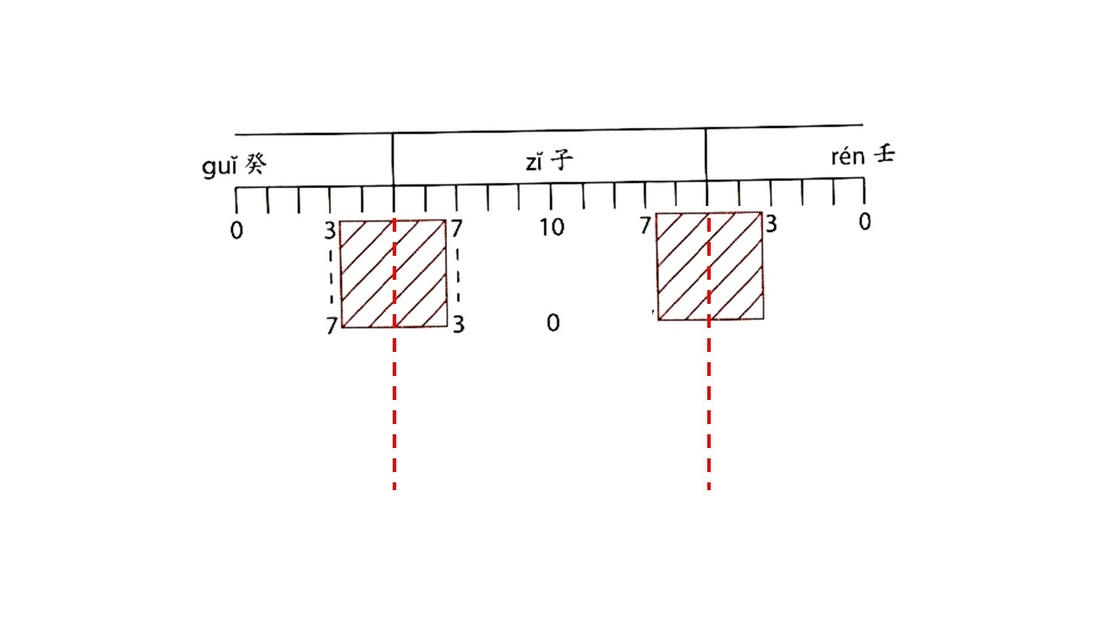
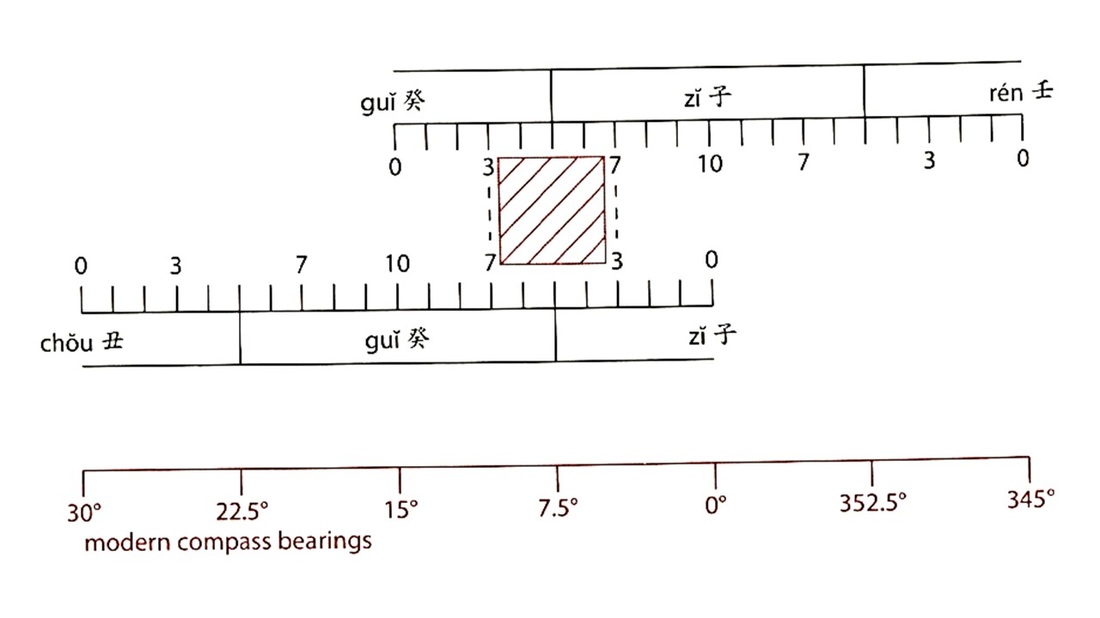
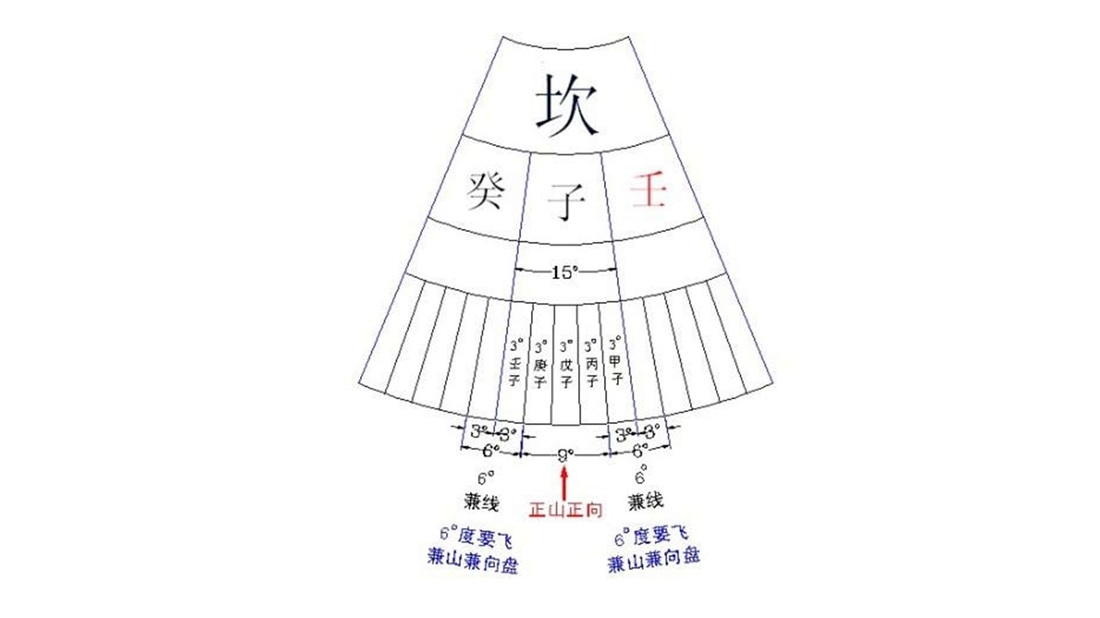
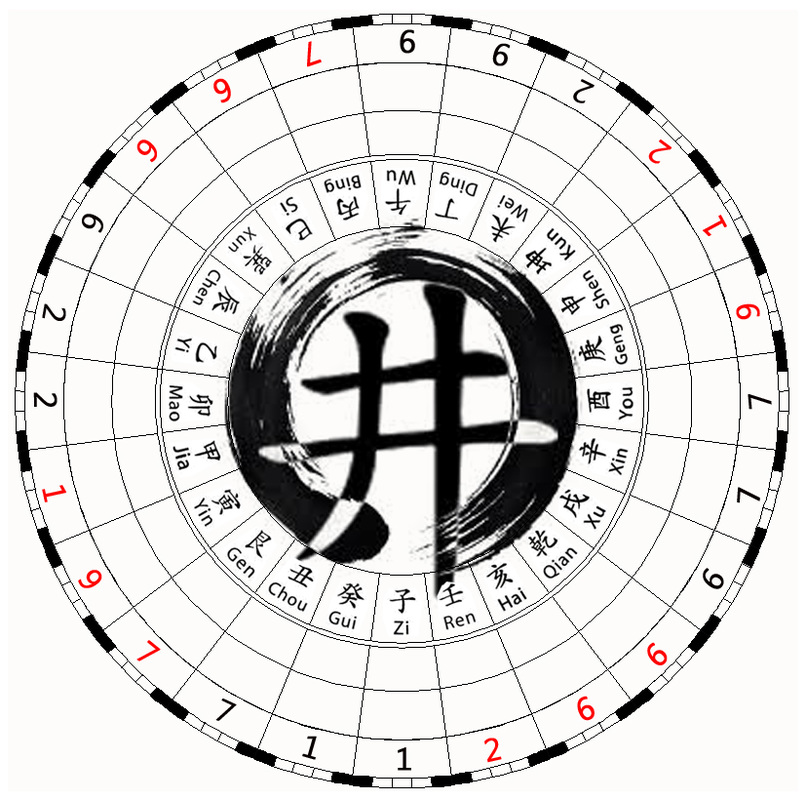
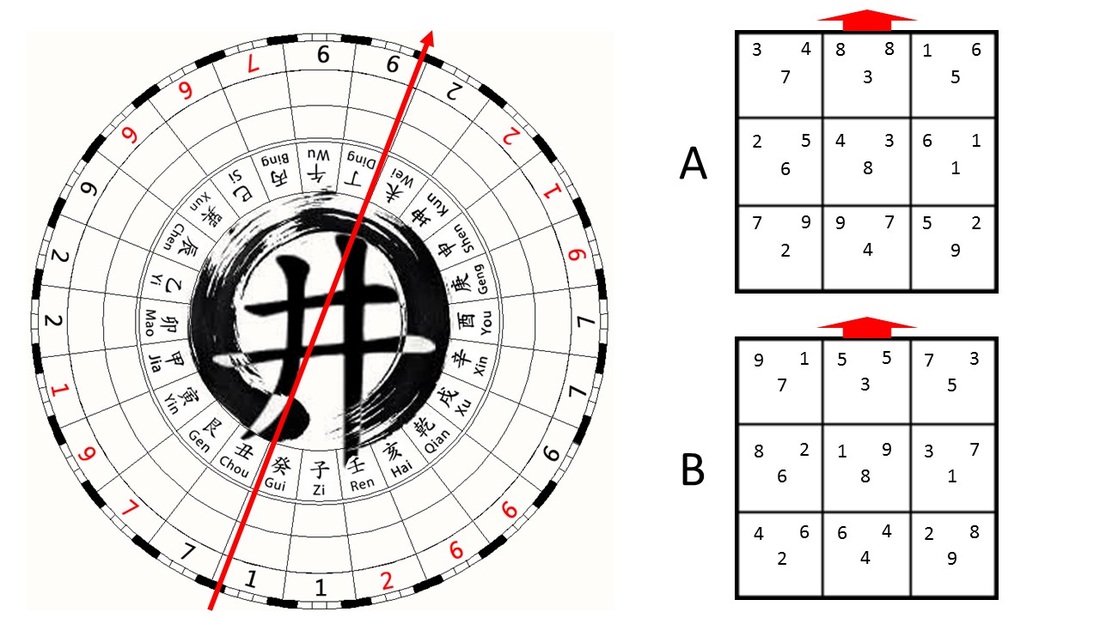
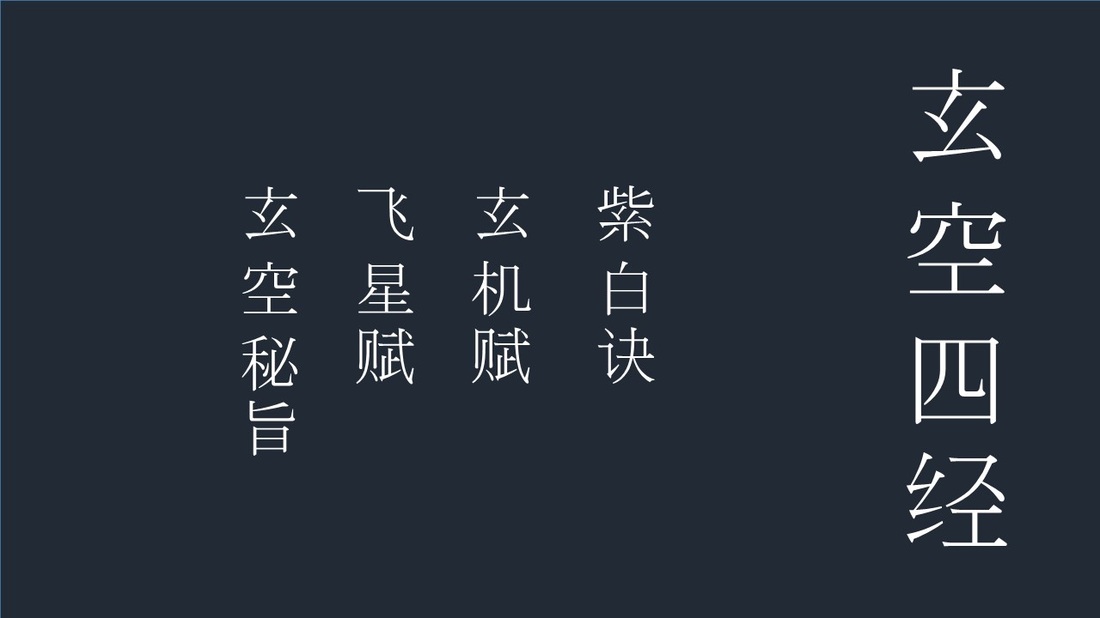
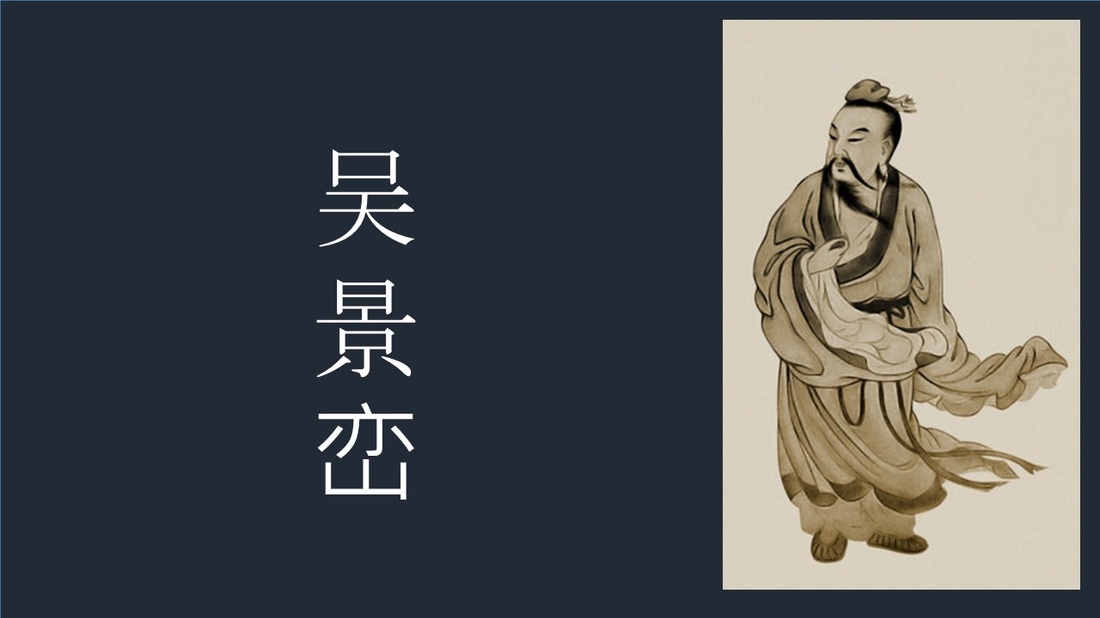
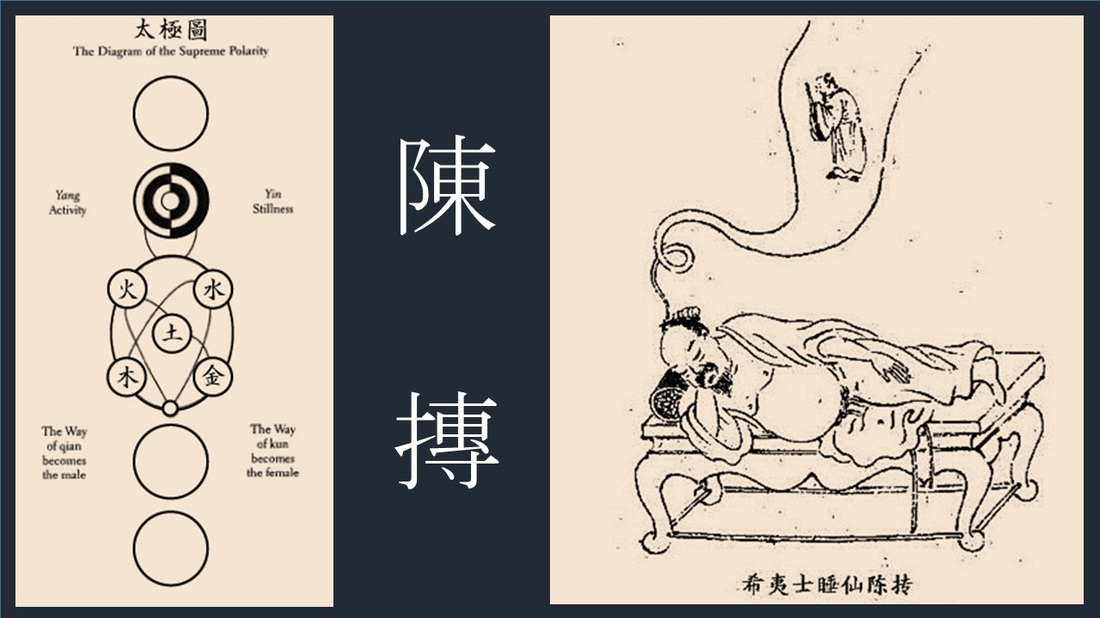
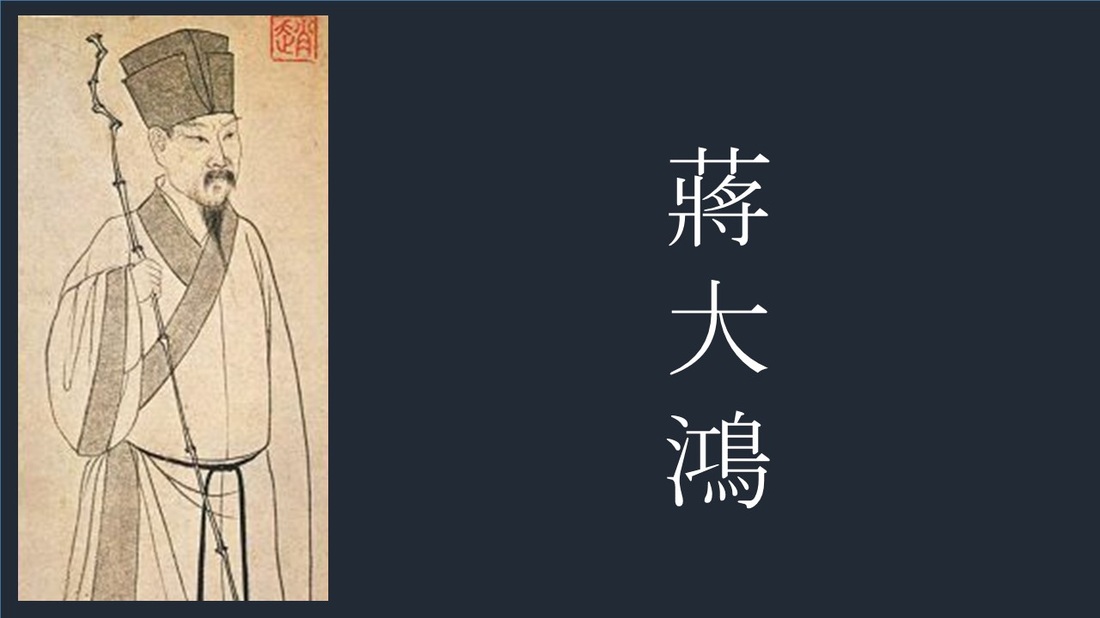
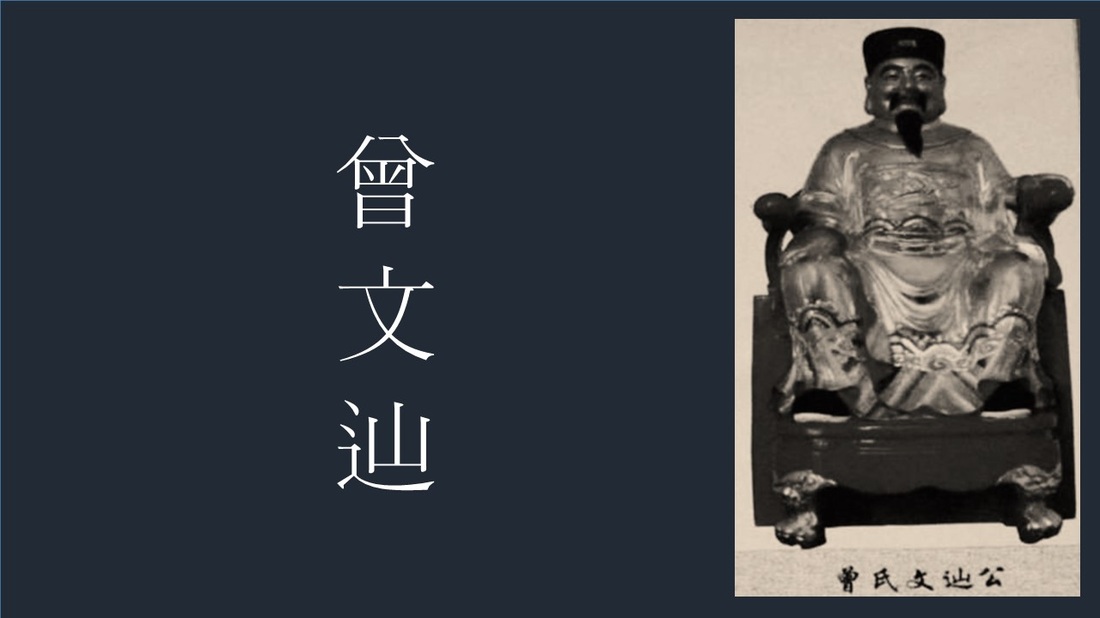
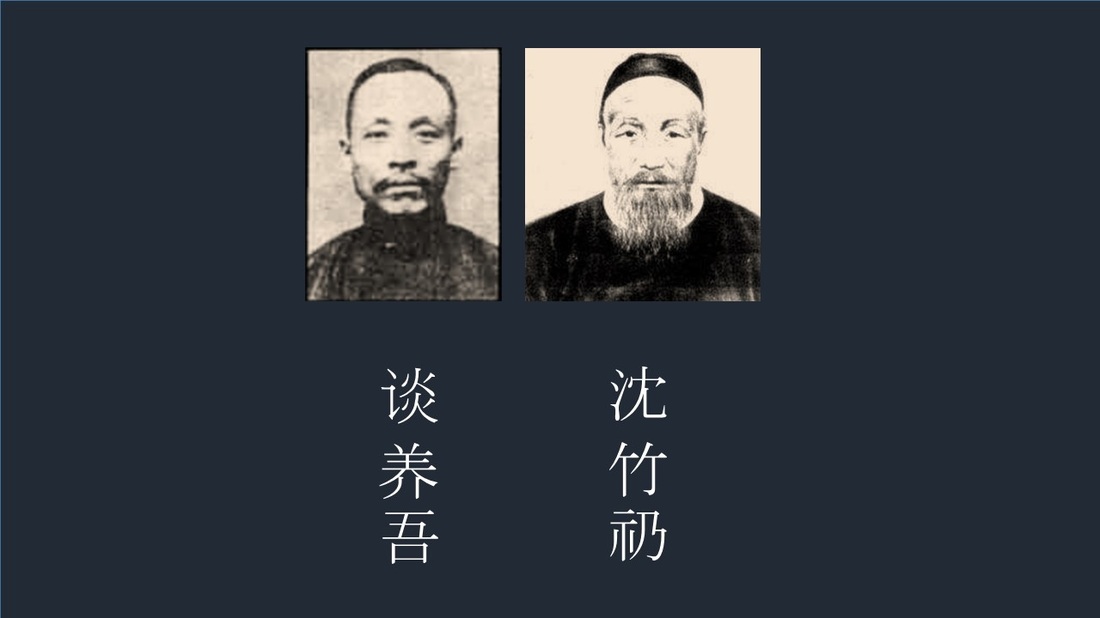
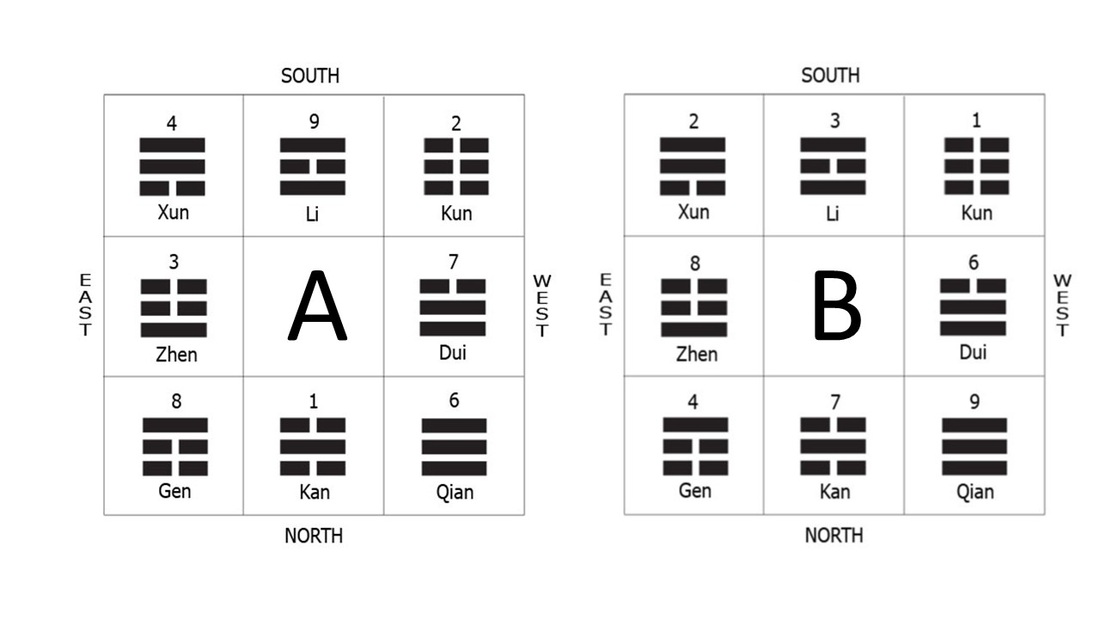
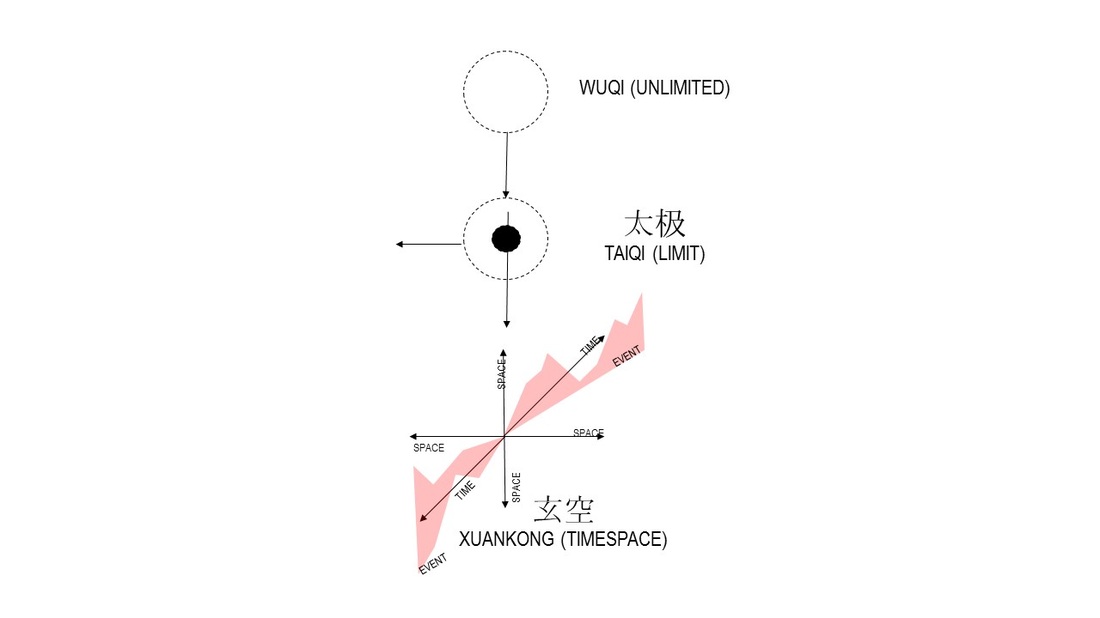
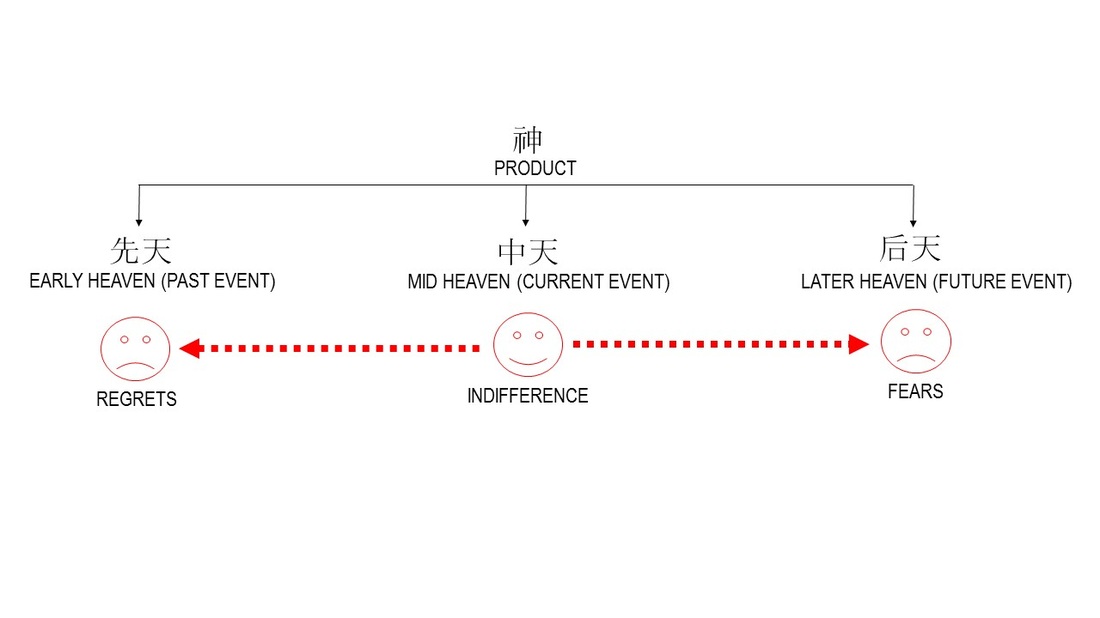
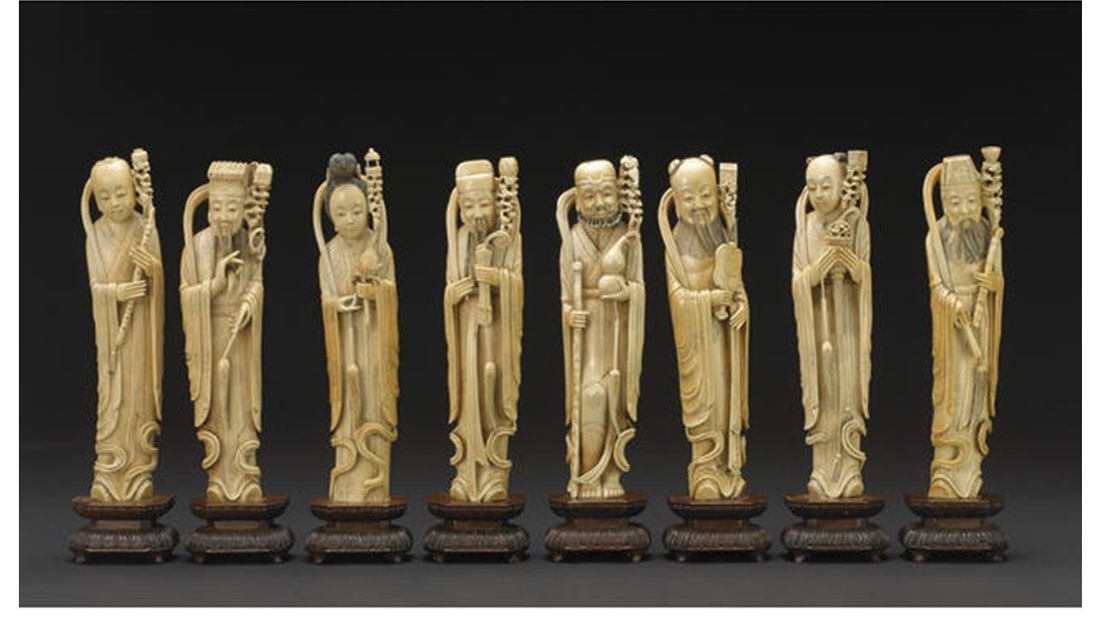
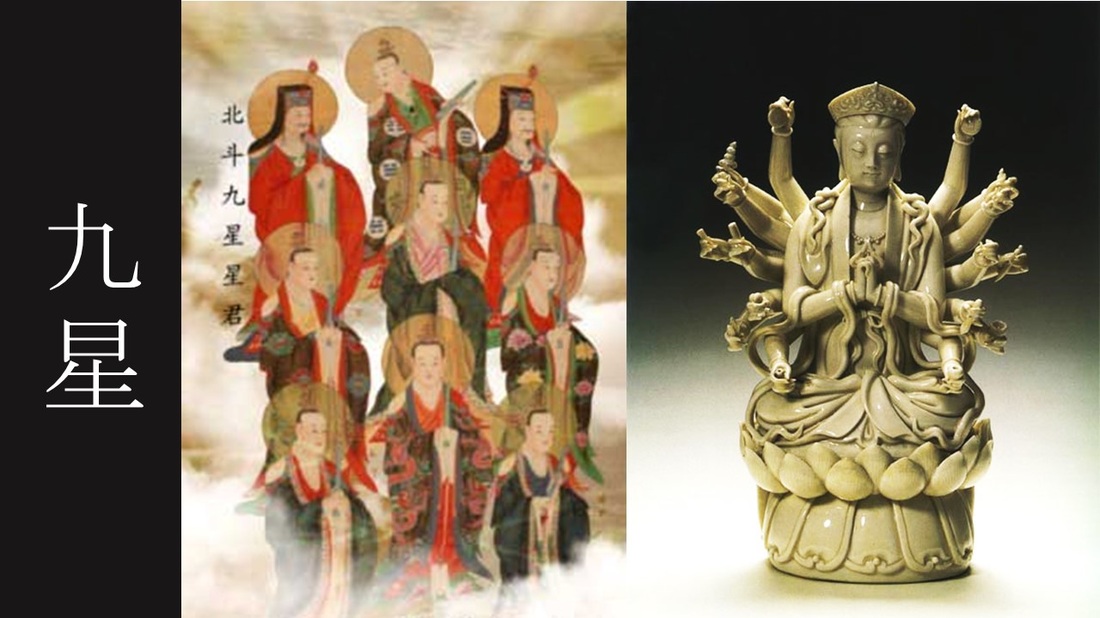

 RSS Feed
RSS Feed
